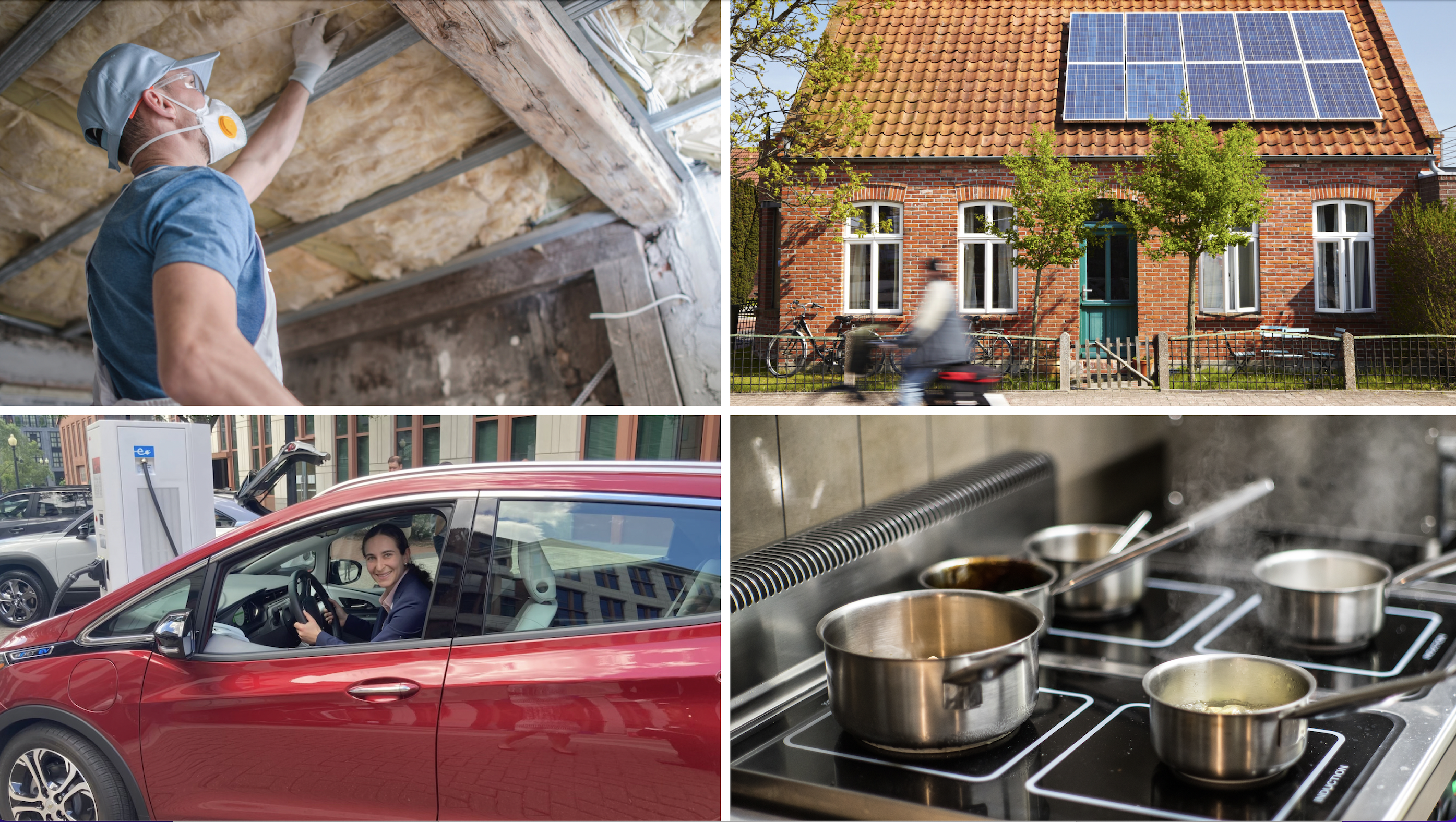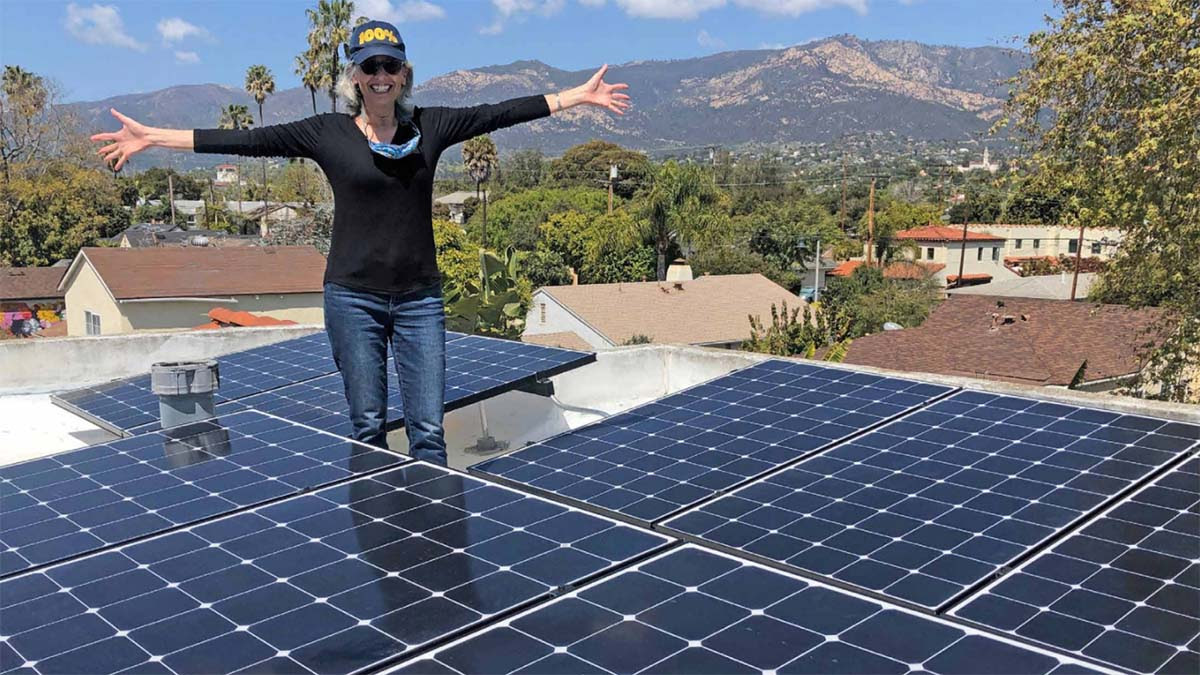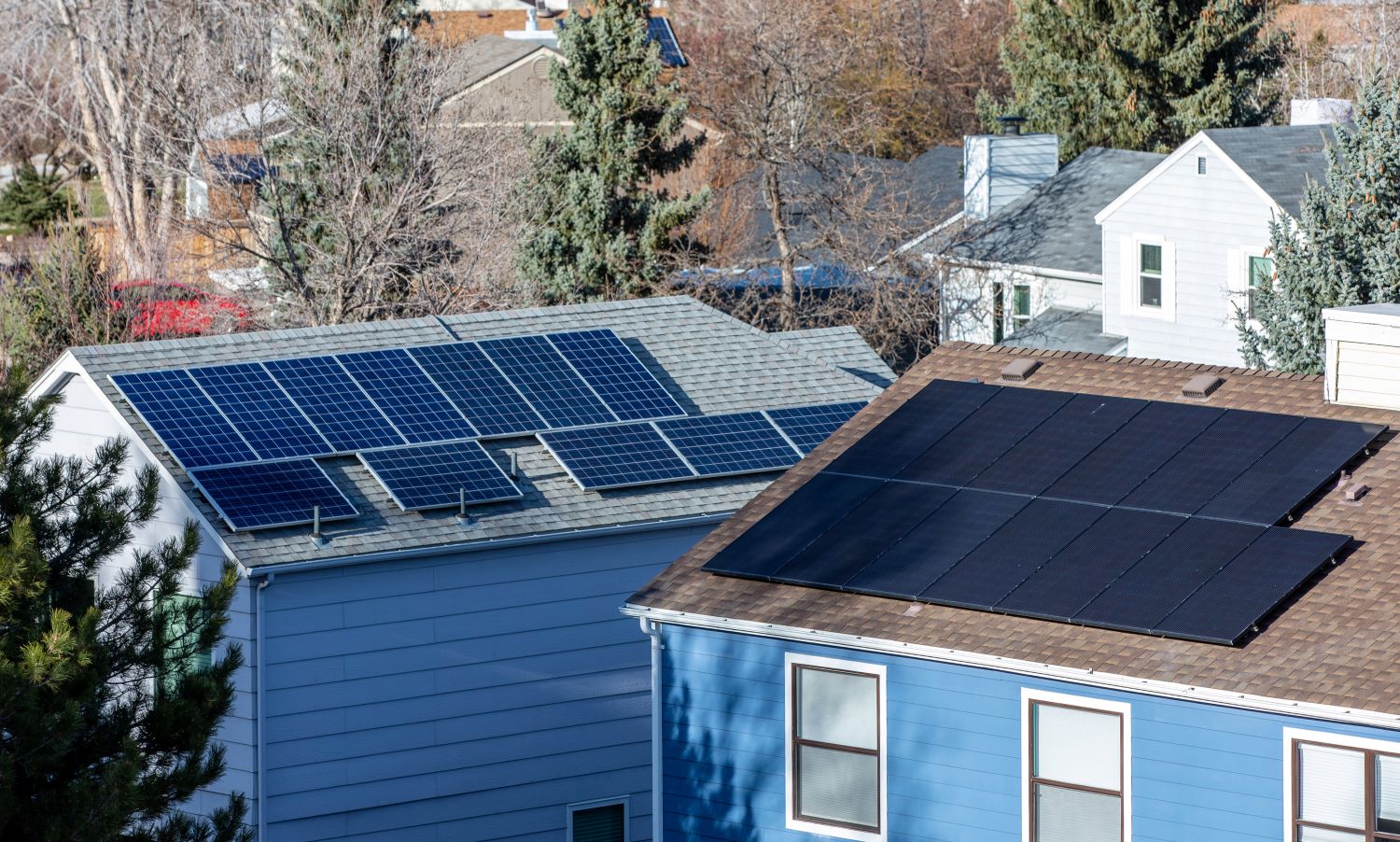
New study: tax credits and rebates promise to grow clean energy
The combined impact of the Inflation Reduction Act and the 2021 bipartisan infrastructure law could boost American clean energy production dramatically by the end of the decade.

New analysis from the National Renewable Energy Laboratory explores the impacts the Inflation Reduction Act and the 2021 Bipartisan Infrastructure law are likely to have on clean energy growth in America. In the study, researchers modeled a range of scenarios – taking into account uncertainties in future technology costs, fuel prices, policy impacts, and deployment constraints – and compared them to a scenario in which neither policy had been passed or implemented.
The study projects that clean electricity will grow 25% to 38% more between now and 2030 than if neither policy had been passed. Clean energy’s share of electricity generation will grow from 41% in 2020 to between 71% to 90% by 2030. In many scenarios, solar and wind scale particularly rapidly, more than doubling historical maximum rates.
“This latest research confirms that clean energy tax credits and rebates in the Inflation Reduction Act have the potential to turbocharge clean energy adoption in America,” said Johanna Neumann, Senior Director of Environment America Research & Policy Center’s Campaign for 100% Renewable Energy. “The sooner we power our lives with clean renewable energy, the better it will be for people and planet.”
To learn more about how you can take advantage of the tax credits in the Inflation Reduction Act, check out the tips and guides in our Clean energy home toolkit.

See the Campaign

100% Renewable
Topics
Updates

Rising ocean temperatures are leading to historic coral bleaching

New grants can make our roadsides bee-friendly

Energy Conservation & Efficiency
Biden administration finalizes lightbulb efficiency rules
Energy Conservation & Efficiency
Groups urge Biden to ‘Finish the job’ on appliance efficiency




